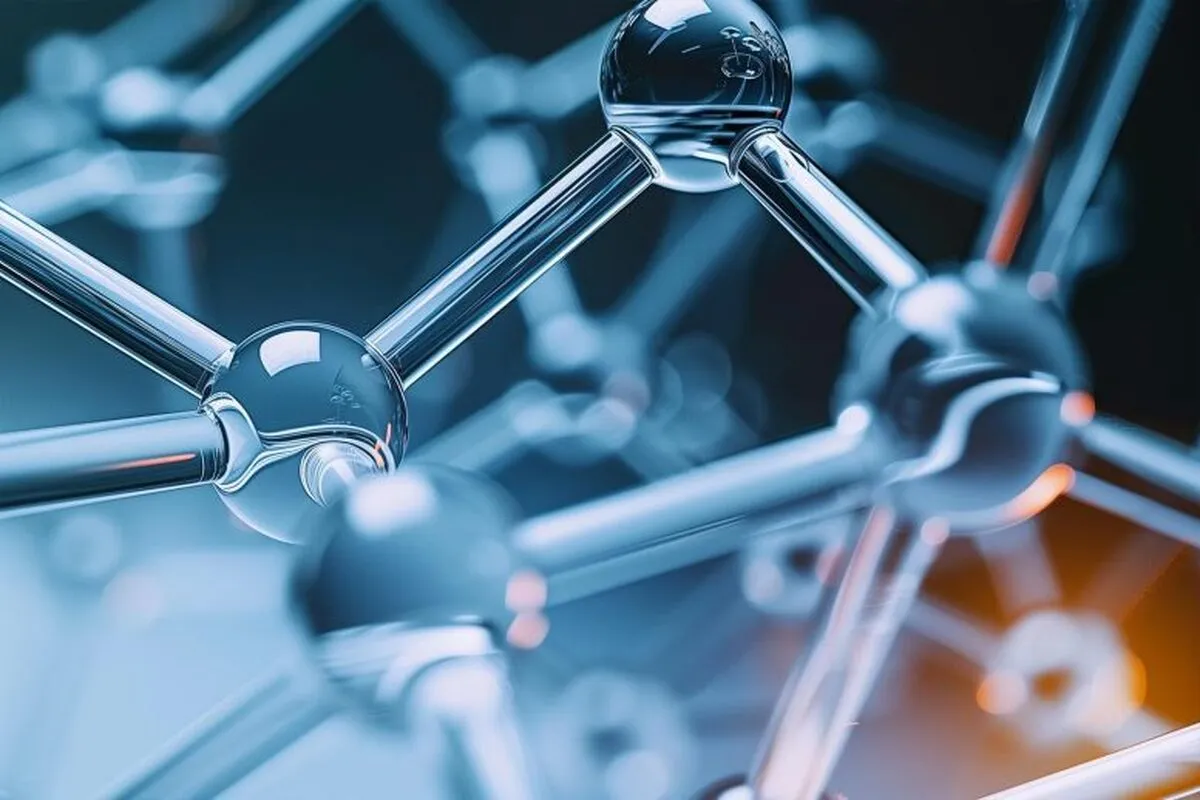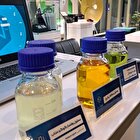Researchers Resolve Decades-Old Mystery of AlCl Dipole Moment

In a study that closes a long-standing gap in fundamental science, researchers Boerge Hemmerling and Stephen Kane at the University of California, Riverside, have measured the electric dipole moment of aluminum monochloride (AlCl), a simple yet important diatomic molecule. Their results, published in Physical Review A, have implications for quantum technology, astrophysics, and planetary science.
Until now, AlCl’s dipole moment had been only an estimate with no experimental confirmation. The new measurement replaces these theoretical values with reliable data.
An electric dipole moment occurs when positive and negative charges separate within a molecule, creating an uneven electron distribution. For molecules such as AlCl, this property dictates how they interact with each other and with their environment.
“In chemistry, dipole moments affect everything from bonding behavior to solvent interactions,” said Hemmerling, an associate professor of physics and astronomy. “In biology, they influence phenomena like hydrogen bonding in water. In physics and astronomy, the dipole moments can be harnessed to make neighboring molecules interact, for instance, with the goal to create a quantum entanglement between them.”
Hemmerling explained that AlCl plays an important role across several areas of science. He noted that the molecule is a promising candidate for developing ultracold quantum computing platforms, where accurately understanding how molecules interact, based on their dipole moments, is essential.
“The previously assumed value of about 1.5 Debye was just a historic placeholder,” Hemmerling said. “The definitive value of about 1.68 Debye our experimental results provide can enable the planning of high-precision experiments and improve the accuracy of theoretical models.”
AlCl has been detected in the atmospheres of asymptotic giant branch (AGB) stars, which are in the late stages of stellar evolution. AGB stars experience significant mass loss and elemental redistribution; understanding their chemical composition is vital for tracing stellar and planetary evolution.
“Accurate dipole moment data improves how we interpret molecular signatures in starlight,” said Kane, a professor of planetary astrophysics in the Department of Earth and Planetary Sciences. “Our findings will help refine astrophysical models that have until now relied on substituted or estimated values. This includes models used to analyze data from cutting-edge observatories like the James Webb Space Telescope.”
According to Kane, aluminum and chlorine play individual roles in the geochemistry of planet formation. He said radioactive aluminum isotopes contribute to core differentiation, while chlorine’s distribution helps map planetary evolution.
“The ratio of aluminum to chlorine in stars, as revealed through AlCl measurements, provides critical clues to stellar nucleosynthesis and the material history of these celestial bodies,” he said.
The study used a sophisticated experimental setup developed over seven years at UC Riverside, involving custom-built lasers, vacuum systems, and electronics designed for high-precision spectroscopy. By generating beams of AlCl in a vacuum and analyzing their spectral behavior, the team, in collaboration with Daniel McCarron at the University of Connecticut, was previously able to determine for the first time the molecule’s hyperfine structure and isotope shifts.
The UC Riverside team aims to continue exploring AlCl.
“From improving our understanding of distant stars to enabling next-generation quantum computers, the precise measurement of AlCl’s electric dipole moment is a foundational step toward unlocking future discoveries,” Hemmerling said. “We can now also study other molecules and atoms with high precision, paving the way for exciting new discoveries in astrochemistry, fundamental physics, and materials science.”
Among the team’s next targets is HoF, a molecule that may help test the boundaries of the Standard Model of physics.
“This study is a reminder that we still don’t know everything about even the most basic molecules,” Hemmerling said. “But modern technology gives us the tools to find out.”
4155/v





















